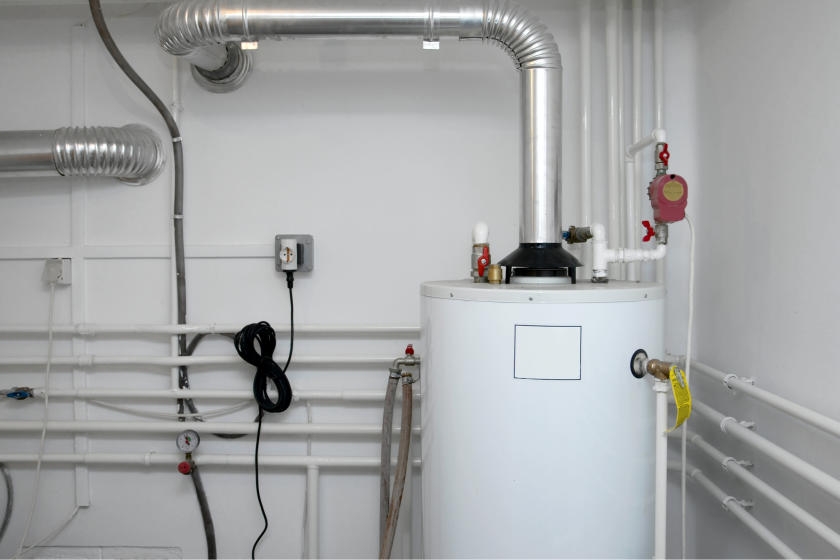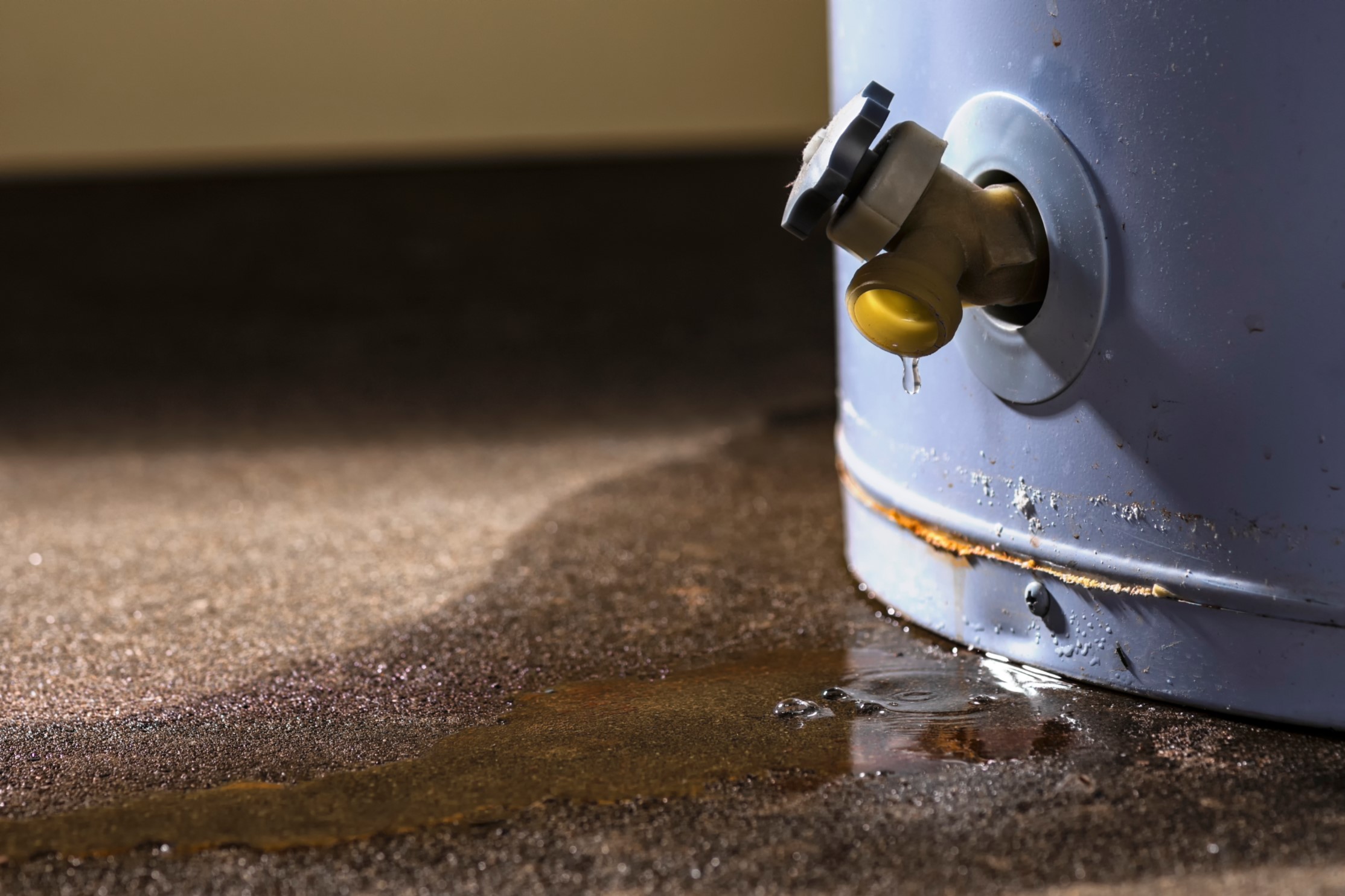Simple Ways to Maintain Your Home's Hot Water System ProperlySimple Steps to Caring for Your Home's Hot Water System
Simple Ways to Maintain Your Home's Hot Water System ProperlySimple Steps to Caring for Your Home's Hot Water System
Blog Article
Here further down you will find a lot of very good help and advice regarding Tips on Maintaining a Water Heater.

Hot water is vital for day-to-day comfort, whether it's for a rejuvenating shower or cleaning dishes. To guarantee your warm water system runs efficiently and lasts much longer, routine upkeep is crucial. This write-up offers sensible ideas and understandings on how to keep your home's hot water system to prevent interruptions and expensive repair services.
Intro
Keeping your home's hot water system may appear daunting, however with a couple of straightforward steps, you can ensure it operates efficiently for several years to come. This guide covers whatever from comprehending your warm water system to do it yourself upkeep tips and understanding when to contact specialist aid.
Importance of Keeping Your Hot Water System
Routine upkeep not only prolongs the life-span of your hot water system however additionally guarantees it runs efficiently. Overlooking maintenance can cause lowered performance, greater power bills, and even premature failure of the system.
Indications Your Hot Water System Requirements Upkeep
Understanding when your warm water system needs interest can avoid significant problems. Watch out for indications such as irregular water temperature level, odd sounds from the heating system, or rustic water.
Comprehending Your Hot Water System
Before diving into maintenance tasks, it's useful to understand the standard parts of your warm water system. Commonly, this consists of the hot water heater itself, pipelines, anode poles, and temperature level controls.
Regular Monthly Maintenance Tasks
Routine regular monthly checks can help catch minor concerns prior to they rise.
Flushing the Water Heater
Purging your hot water heater gets rid of debris accumulation, improving efficiency and prolonging its life.
Monitoring and Changing Anode Rods
Anode poles avoid corrosion inside the tank. Inspecting and changing them when worn is important.
Examining and Adjusting Temperature Level Setups
Changing the temperature setups makes certain ideal performance and safety.
Do It Yourself Tips for Upkeep
You can carry out several upkeep tasks yourself to maintain your warm water system in top problem.
Looking for Leaks
Routinely check pipes and connections for leakages, as these can result in water damage and greater expenses.
Testing Stress Relief Valves
Testing the stress relief valve guarantees it works correctly and protects against extreme pressure build-up.
Protecting Pipelines
Protecting hot water pipelines decreases heat loss and can conserve energy.
When to Call a Specialist
While DIY upkeep is helpful, some concerns need professional know-how.
Complex Problems Requiring Specialist Help
Instances include significant leaks, electric problems, or if your hot water heater is regularly underperforming.
Regular Professional Upkeep Benefits
Specialist maintenance can consist of thorough assessments, tune-ups, and ensuring compliance with safety and security standards.
Verdict
Regular upkeep of your home's warm water system is vital for performance, longevity, and expense savings. By complying with these pointers and understanding when to look for professional assistance, you can make certain a reliable supply of hot water without unanticipated disruptions.
Water Heater Maintenance: The Basics
Maintaining your water heater will ensure it operates efficiently and has a longer lifespan. Neglecting regular maintenance can lead to costly repairs and an even bigger chunk of your savings if you have to replace it sooner than necessary. But there’s good news: Most water heater maintenance tasks are relatively simple and easy for homeowners with basic DIY skills.
Flush the Water Heater
Over time, sediment and minerals can build up in the tank, reducing its efficiency and potentially causing damage. To flush the tank, turn off the power or gas supply, attach a hose to the drain valve near the bottom and open the valve to drain the water until it runs clear. Ideally, flush the tank annually.
Replace the Anode Rod
The anode rod is a sacrificial metal rod that helps prevent corrosion inside the tank. Inspect and replace it every three to five years or per the manufacturer's recommendation. To replace the anode rod, turn off the power or gas supply, drain a few gallons of water from the tank, unscrew the old rod and replace it with a new one. If the anode rod is significantly corroded or covered in calcium buildup, it's a sign the water heater may need to be replaced soon.
Tune-Up
A yearly tune-up can help identify potential issues and ensure your water heater operates at peak efficiency. This typically involves checking the thermostat, burner assembly (for gas heaters) and any other components specified by the manufacturer. During a tune-up, the technician may also clean the burner and adjust the pilot light (for gas heaters) or examine the heating elements (for electric heaters).
How to Maintain Your Water Heater
Insulate the tank. Insulating the tank can improve energy efficiency and reduce heat loss, saving you money on energy bills. You can purchase precut insulation blankets designed specifically for water heaters or use standard fiberglass insulation wrapped securely around the tank. Check the temperature. The recommended water temperature for most households is around 120 degrees Fahrenheit (49 degrees Celsius). Higher temperatures can increase energy costs and potentially cause scalding. Use a kitchen thermometer to check the temperature at the faucet nearest the water heater. Monitor water pressure. Excessive water pressure can strain the water heater and cause leaks or even tank failure. Install a pressure-reducing valve if necessary. The ideal water pressure range is between 60 and 70 PSI (pounds per square inch). Test the temperature and pressure (T&P) relief valve. The T&P relief valve is a safety feature that releases pressure if the tank gets too hot or the pressure builds up too high. Test it annually by lifting the lever and allowing a small amount of water to release. Replace the valve if it doesn't release water or reseal properly. Check for leaks. Regularly inspect the tank, pipes and fittings for leaks or corrosion. Deal with issues promptly to prevent further damage. Even a small leak can lead to significant water damage over time. Consider a tankless water heater. If your traditional tank-style water heater is nearing the end of its lifespan ( typically 10 years), consider replacing it with a tankless water heater. These units heat water on demand, reducing standby energy losses and potentially saving you money on your energy bills. Schedule professional maintenance. While homeowners can perform many water heater maintenance tasks, it's still a good idea to schedule professional maintenance every few years. A plumber or HVAC technician can thoroughly inspect the unit, identify potential issues and ensure it operates safely and efficiently. https://www.homeserve.com/en-us/blog/home-improvement/hot-water-heater-maintanence/

Do you enjoy more info about How to Maintain Your Water Heater & Prolong its Life? Try to leave feedback directly below. We would be delighted to see your insights about this blog post. We are looking forward that you visit us again soon. Are you aware of another person who is fascinated about the topic? Be sure promote it. Bless you for being here. Revisit us soon.
Call Today Report this page